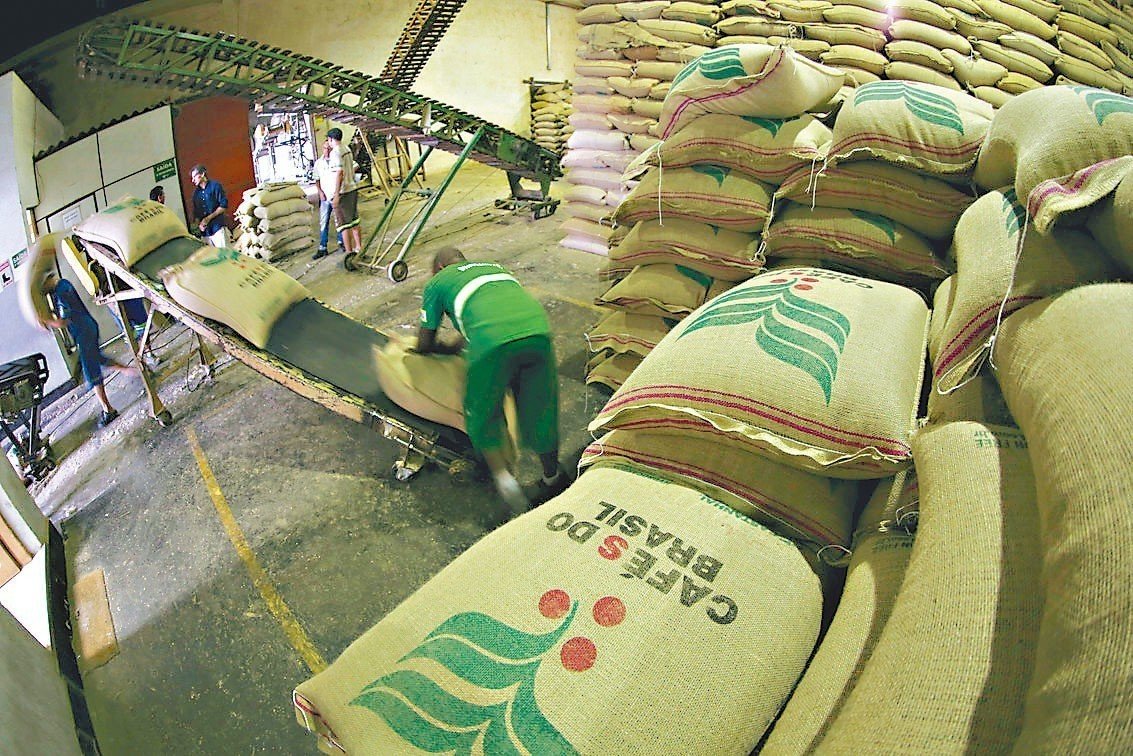The price of raw coffee beans plummeted. Latin American coffee industry is in crisis. Farmers give up planting.

Professional coffee knowledge exchange more coffee bean information please follow the coffee workshop (Wechat official account cafe_style)
The price of international coffee beans has fallen to a 13-year low, prompting many disappointed farmers in Central and South American countries to give up cultivation, raising fears that the coffee industry will fall into crisis. Experts pointed out that the outlook for coffee bean prices will depend on the exchange rate trend of Brazil's Lille.
Although the July futures price of Arabica coffee beans on the New York Intercontinental Exchange (ICE) rebounded 3.6% to 92.90 cents per pound on the 19th, it is still near a 13-and-a-half-year low. The futures fell to 89 cents per pound last week, the lowest price since September 2005.

However, the production costs of many coffee farms in Central America range from $1.2 to $1.50 per pound, leaving most coffee producers feeling helpless.
The main reason for the weak price of coffee beans is the increase in Brazilian supply (about 25% of the world's total). According to Brazilian government data, total production reached an all-time high of 62 million bags (60 kg each) in 2018, coupled with the devaluation of Brazil's Lille, prompting Brazilian coffee suppliers and exporters to expand exports, leading to further weakness in dollar-denominated international coffee prices. Brokers pointed out that Brazilian companies accelerated their exports in the first quarter of this year, with exports surging by 500000 bags in February compared with the same period last year.
The Brazilian government expects coffee production in Brazil to be 15% lower this year than last year, a reduction of about 55 million to 60 million bags.
Coffee bean production in Brazil often changes on a two-year cycle; for example, it increased last year and will decrease this year, allowing coffee trees to recover. However, according to Brazilian agricultural agency estimates, even if the output is reduced to 52.5 million bags this year, it is still the highest level of "yield reduction year" and higher than the previous "year of increasing production", except in 2018.
British broker Marex pointed out that the severe downturn is driving some marginal producers out of the market, which will hit the output of all Central American countries in the 2019 and beyond production season. The key factor affecting the coffee market is still the Lille exchange rate, and the future trend of the Lille depends on whether the Brazilian government's annuity reform bill can pass, and whether the fiscal revenue and expenditure can be improved.
Mela, an analyst at Rabobank, pointed out that "the outlook for the coffee market depends on the trend of Lille and the competitiveness of Brazilian coffee growers." The collapse in coffee prices has prompted farmers in Guatemala to abandon their farms, while Colombian farmers have switched to cocoa beans.
Important Notice :
前街咖啡 FrontStreet Coffee has moved to new addredd:
FrontStreet Coffee Address: 315,Donghua East Road,GuangZhou
Tel:020 38364473
- Prev

What if I can't drink the coffee flavor described on the label? How to build your own taste memory?
Professional coffee knowledge exchange more coffee bean information Please follow the coffee workshop (Wechat official account cafe_style) I believe that many novices will have such an experience: when they meet a group of experienced coffee lovers zhuang bi with baristas in a coffee shop, they always see an adjective, what is the aroma when it is hot, and when it is cold?
- Next

Yunnan coffee industry is depressed pinduoduo's "more farm" model will be its way out?
Professional coffee knowledge exchange more coffee bean information please follow the coffee workshop (Wechat official account cafe_style) the number of coffee farmers in Yunnan is at least 400000, mainly by growing coffee beans for a living. At a time when coffee brands such as Starbucks, Luckin Coffee and Lian Coffee are surging, it is generally believed that the coffee fields of Pu'er farmers irrigated by capital are becoming more and more abundant.
Related
- Is espresso stored overnight in the refrigerator harmful to your body? Is frozen coffee better than freshly ground coffee?
- What parameters and proportions of water temperature should be used to grind and brew fresh coffee beans? Why can't I drink freshly roasted coffee right away?
- Customers have "changed" Manner's new products! Shop assistant: Please don't mess around!
- Remove sockets in customer areas at Starbucks stores?! Netizen: I won't go if I really tear it down
- What is the difference between the taste steps of sun-dried coffee and washed coffee? Why is sun-cured coffee sweeter and washed coffee sour?
- The recipe for salty grapefruit dirty is revealed! Coffee Festival salty grapefruit dirty coffee making materials parameters ratio milk share!
- How about the flavor of Sunlight 74158 at Sidamo Banshaha Mathieu Processing Factory in Ethiopia? 74158 Share the proportion of coffee brewing parameters!
- What effect does Italian American coffee with filter paper have? Will coffee taste better if it is put on filter paper at the bottom of the powder bowl?
- What is the color difference in coffee beans? What are the characteristics of honey processed coffee beans? Why are the anaerobically treated coffee beans uneven in color?
- How does novice Xiaobai quickly get started and make coffee? Newbies learn to make coffee by hand and share the specific steps and process process!

